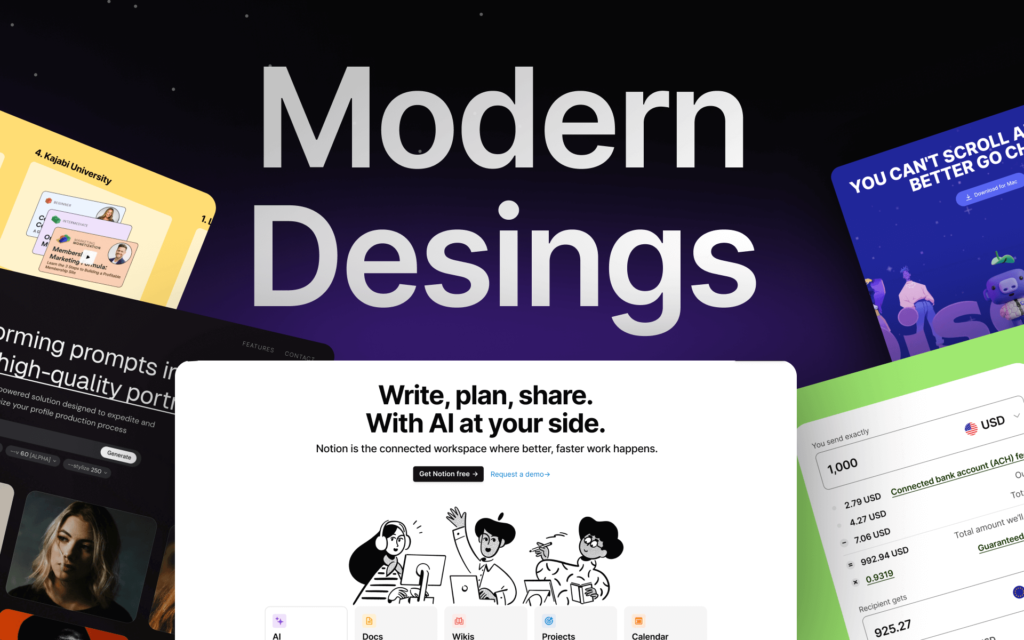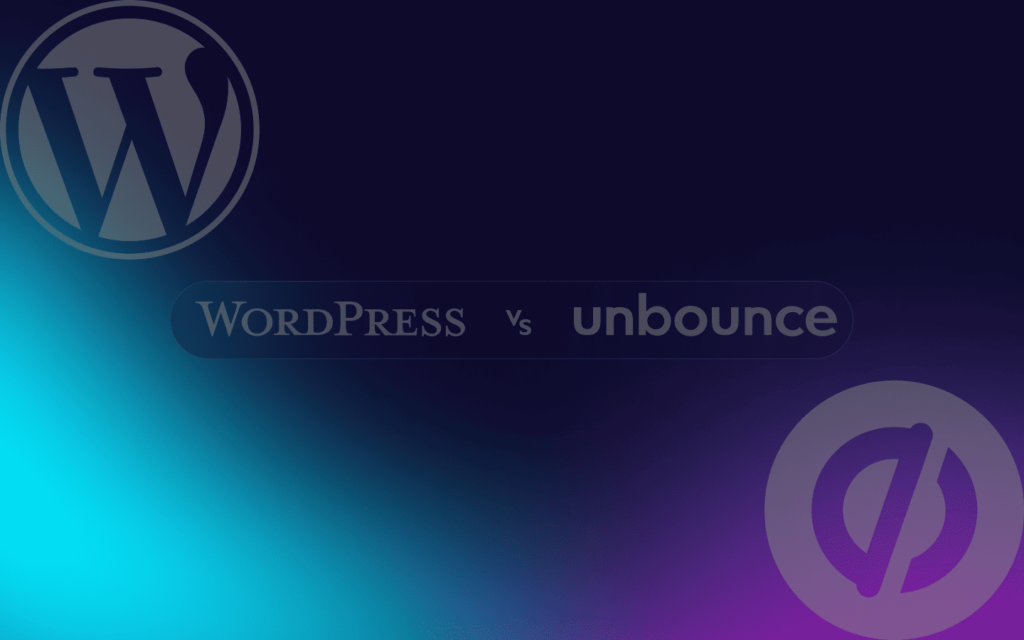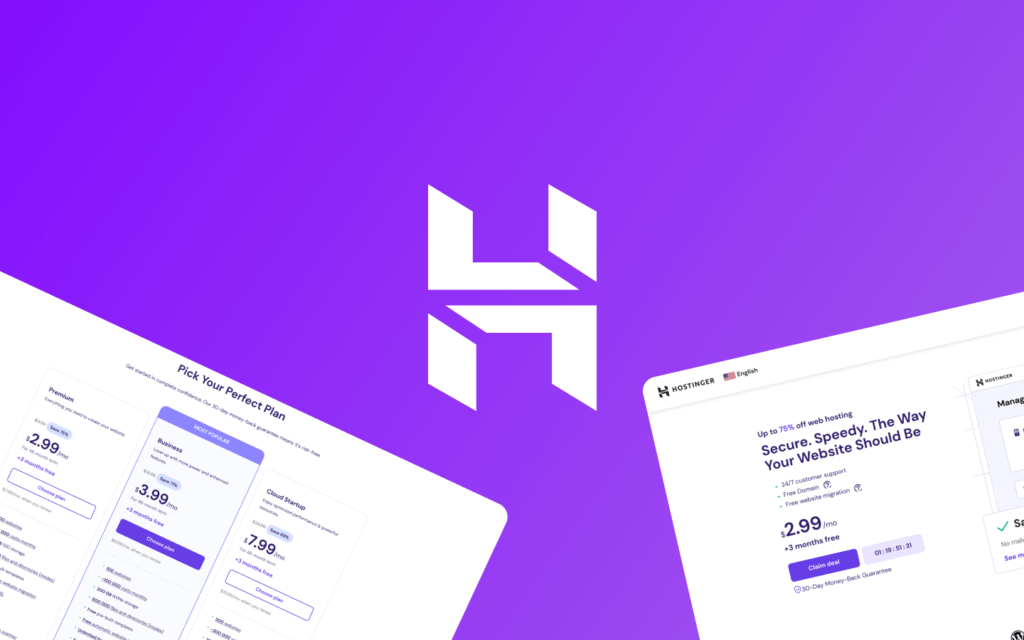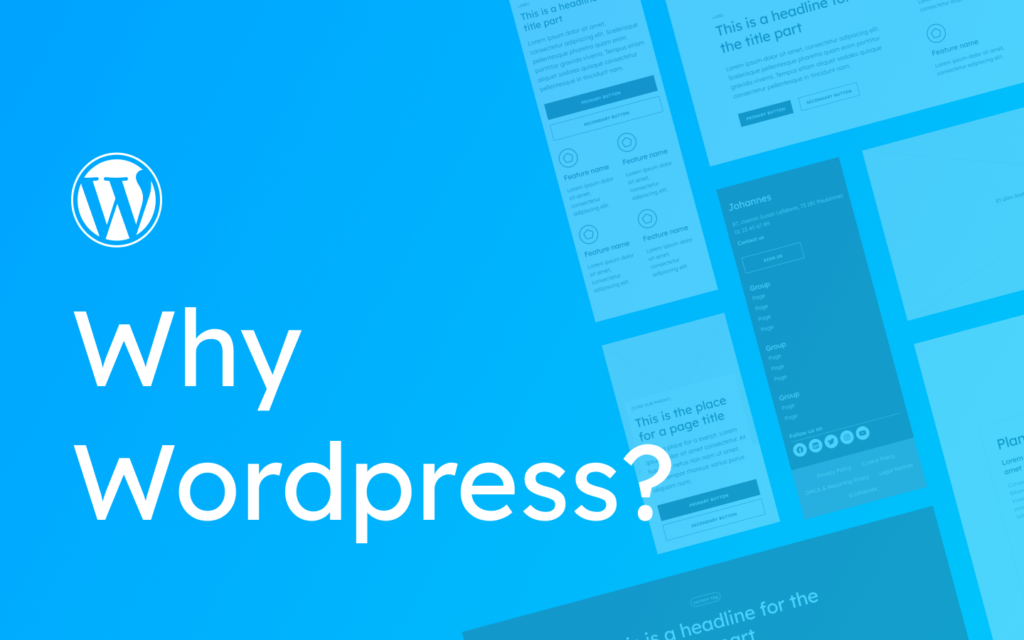How to Create an Attractive and Functional Website in 5 Steps

Javier Sánchez

Today, a website is much more than just an online presence – it’s the showcase for your business, the first impression that many potential customers will have of your brand. An attractive and functional website not only builds trust, but can also increase your sales, improve your reputation and strengthen your relationship with customers. Are you ready to stand out? Read on to discover the 5 essential steps to creating a website that combines style and functionality.
Step 1: Define your Purpose and Objectives
Before you start designing or structuring your website, it’s critical to answer these key questions:
- What is the primary purpose of your website? It could be to sell products, offer services, share information, or build a community.
- What are your short- and long-term goals? For example, you might want to generate 50% more leads in the next year or increase organic traffic by 20%.
Defining these goals will help you make consistent decisions throughout the process. It’s also important to identify your target audience. Understanding who will visit your site and what they expect to find will allow you to personalize their experience.
Top tip: Create a user map. This document will help you visualize how your audience will interact with each part of the site.
Step 2: Design for your Audience
Web design is not just about aesthetics, but also about functionality. User experience (UX) and user interface (UI) are essential to keep your visitors engaged. Here’s how to do it!
- Know your audience: Identify your users’ interests and needs to design a site that really appeals to them.
- Intuitive structure: Organize content into clear sections and use an easy-to-navigate menu. Visitors should find what they’re looking for in just a few clicks.
- Responsive design: Make sure your site looks and works well on both desktop and mobile devices. Today, more than 50% of web traffic comes from mobile devices.
- Visual style: Use a color palette consistent with your brand, legible fonts, and attractive visual elements.
Practical example: If you have a fashion business, you could use a minimalist design with high-quality images and a focus on aesthetics to highlight your products.
Step 3: Ensure Speed and Performance
A website that takes more than 3 seconds to load can lose up to 40% of users. That’s why speed and performance are critical.
How to improve performance:
- Optimize images: Use tools like TinyPNG to reduce image sizes without losing quality.
- Minimize code: Minify CSS, HTML, and JavaScript files.
- Enable caching: This allows pages to load faster for returning visitors.
- Choose reliable hosting: A quality hosting provider is essential to ensure fast loading times and stability.
Important fact: Google prioritizes fast websites in its search results, which also positively impacts your SEO.
Step 4: Optimize for SEO from the Start
An attractive design and great functionality mean nothing if users can’t find you. SEO (Search Engine Optimization) is essential to attract organic traffic to your website.
Key SEO strategies:
- Keywords: Identify and use relevant terms such as “create website”, “attractive web design” and “web functionality” throughout your content.
- Clear structure: Use hierarchical headings (H1, H2, H3) to organize content in a way that is understandable to users and search engines.
- Internal links: Create a network of links between your pages to make navigation easier and improve SEO.
- Quality content: Publish unique and valuable articles that answer your audience’s questions.
Don’t forget: A responsive and fast site is also a key factor in improving your SEO.
Step 5: Integrate Useful Tools
Once your site is live, you’ll need data to analyze its performance and continually improve. Here are some must-have tools:
- Google Analytics: Provides detailed data on traffic, user behavior, and conversions.
- Google Search Console: Helps you understand how search engines view your site and troubleshoot technical issues.
- SEO Plugins: If you use platforms like WordPress, tools like Yoast SEO will help you optimize your content.
Practical example: Use Google Analytics to identify the most visited pages and optimize them to increase conversion.
Conclusion
Creating an attractive and functional website can seem challenging, but with proper planning and these 5 steps, you’ll be on your way to success. Remember that a good site is not only visually pleasing, but also fast, functional, and SEO-optimized.
Don’t wait any longer! If you need personalized help to build the ideal website for your business, check out our services. We’ll be happy to help you stand out in the digital world.








